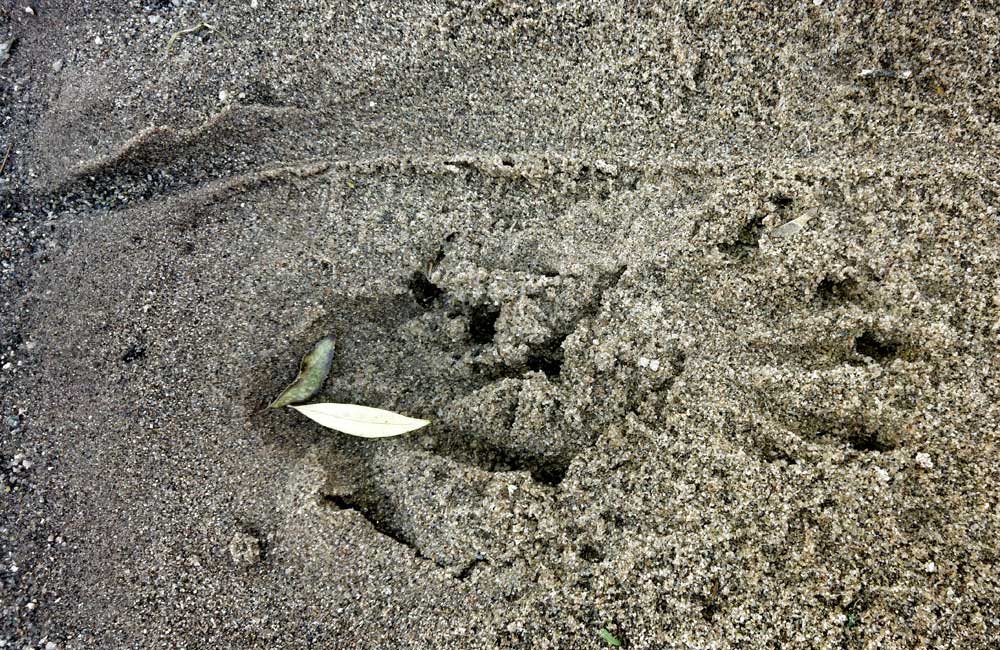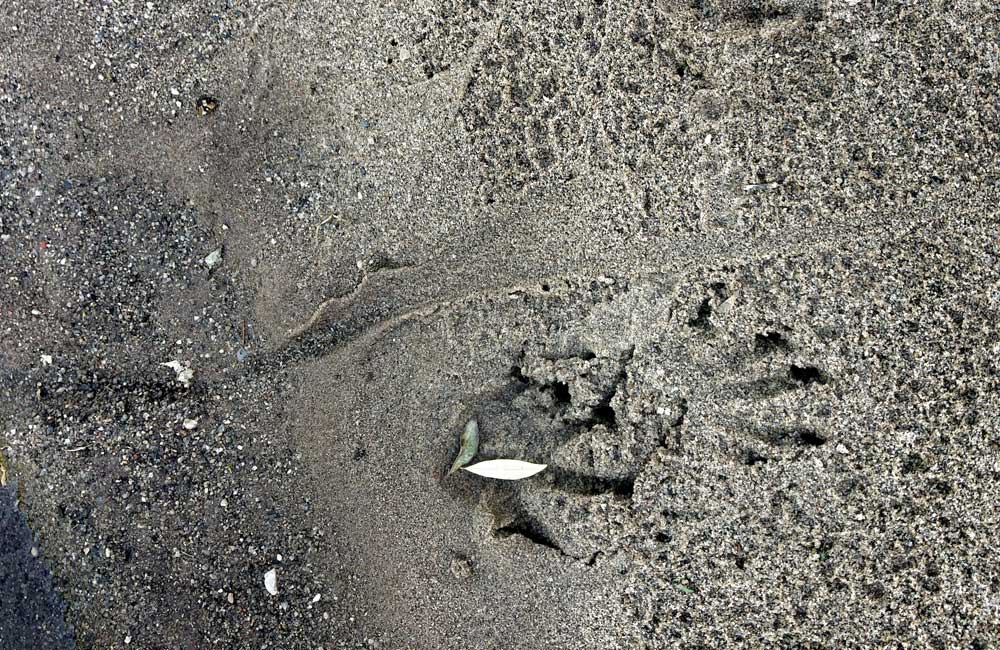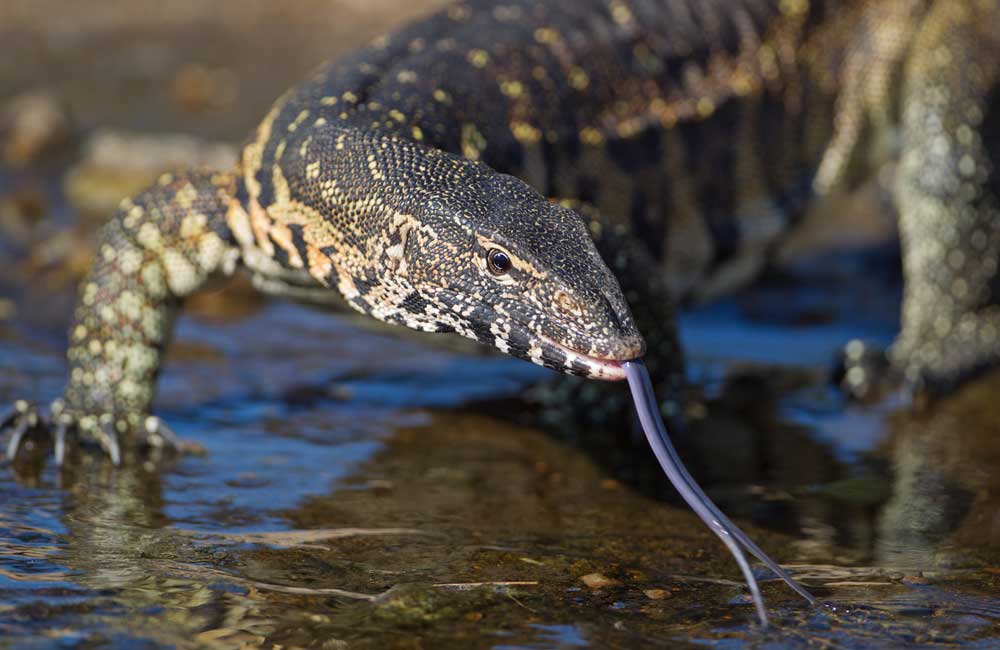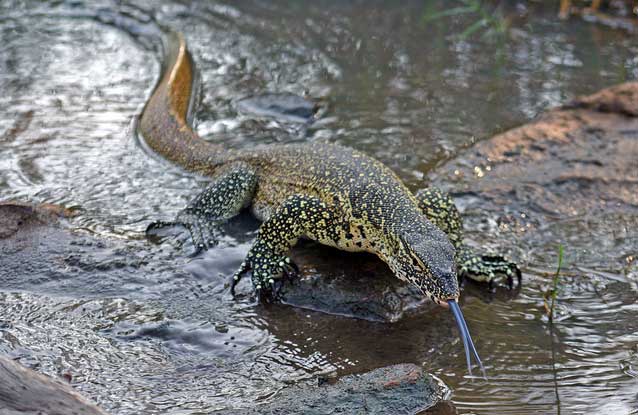Nile Monitor Lizard
During a river clean-up on 17 November, some of the participants spotted what they thought was crocodile on the Sandspruit near Luderitz.
24 November 2016
During a river clean-up on 17 November, some of the participants spotted what they thought was crocodile on the Sandspruit near Luderitz.
One of the "Friends of Sandspruit", Emmarentia Geldenhuys, went over to take pictures, but the reptile had slithered off and wasn't seen again. She did manage to take pictures of the tracks left behind and had these confirmed as belonging to a Nile Monitor Lizard (Varanus niloticus) also known as a Leguaan or Likkewaan by expert Kailen Padayachee of the KaiNav Conservation Foundation.


It is great news that these creatures are able to lve within this urban environment and hopefully we will see a lot more of him in the future. From the description this was a large specimen of 1.5 metres in length. At this size they are capable of inflicting serious injuries if they are cornered or feel under threat so please don't get too near it if you do spot him.

If you do spot one, please share the news on our Facebook page, we'd love to hear about it.
